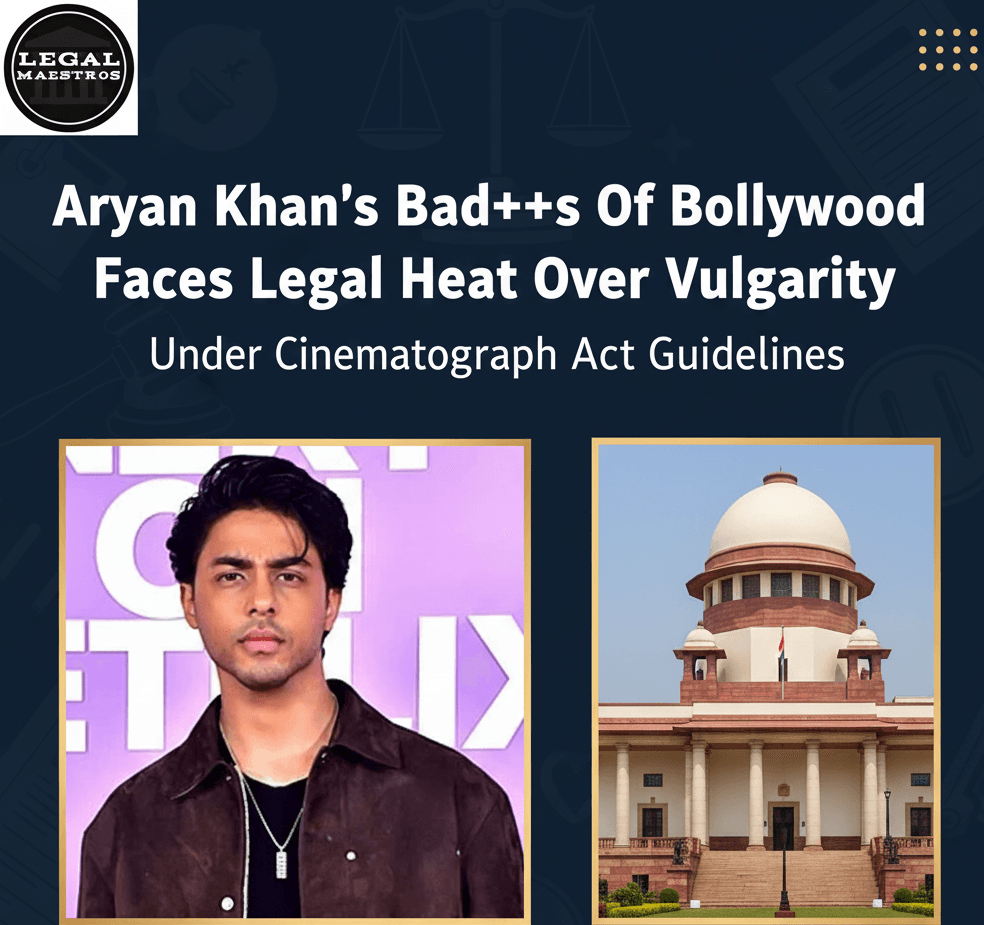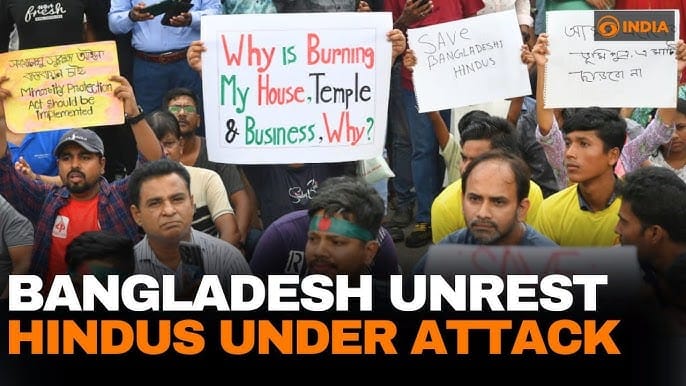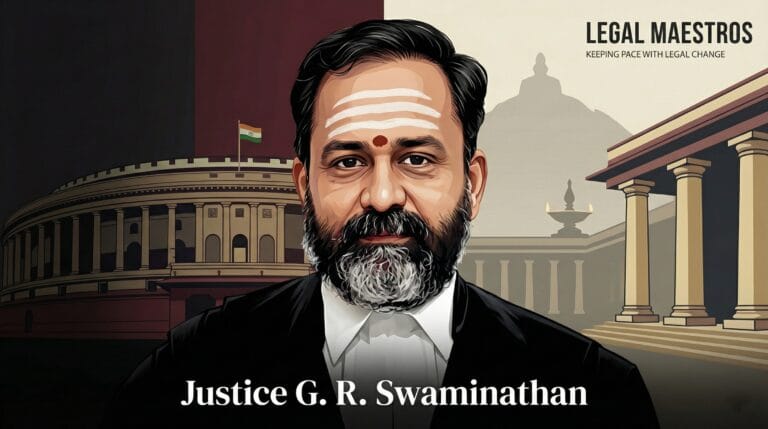
Aryan Khan's Bad***s Of Bollywood Faces Legal Heat Over Vulgarity Under Cinematograph Act Guidelines
The Digital vs. The Act: A Legal Showdown Over ‘Bads of Bollywood’*
Aryan Khan’s entry into the world of entertainment as a director and writer has quickly landed him in the middle of a significant legal controversy. His debut series, “Bad***s of Bollywood,” has come under intense scrutiny for alleged vulgarity, sparking a heated debate about the relevance of old laws in the new age of streaming. This case is not just about a single show; it’s a crucial moment that tests the boundaries of artistic freedom on digital platforms against the established, but often archaic, content guidelines laid down by the Cinematograph Act. The legal heat the show is facing forces us to re-examine how India’s legal system is adapting to the explosion of online content.
A Law from a Bygone Era: The Cinematograph Act
The Cinematograph Act of 1952 was designed to regulate cinema in a time when the only way to watch a film was in a movie theater. The law’s core purpose was to ensure that films were censored for public viewing by the Central Board of Film Certification (CBFC) before they could be shown. The guidelines within the Act are quite strict about “vulgarity” and “obscenity,” aiming to protect public morality and decency.
However, web series and other digital-only content are not shown in cinemas, meaning they technically fall outside the direct jurisdiction of this law. This regulatory vacuum has allowed for more creative freedom on streaming services, but it also leaves them vulnerable to legal challenges from those who believe the content is objectionable.
For any queries or to publish an article or post or advertisement on our platform, do call at +91 6377460764 or email us at contact@legalmaestros.com.
The legal questions here are profound. Does a law written for celluloid and theatrical releases apply to content streamed on a personal device? And if not, what legal framework should be used to regulate a platform that operates globally and is accessible from a user’s home? This case puts a spotlight on the urgent need for a clear, modern legal definition of what constitutes inappropriate content in the digital age. It highlights a fundamental mismatch between a fifty-year-old law and a twenty-first-century medium, forcing the judiciary to interpret old rules for new contexts.
The Courts’ Balancing Act: Freedom of Expression vs. Public Decency
When legal cases over content vulgarity reach the courts, judges face a delicate balancing act. On one side is the fundamental right to freedom of speech and expression, guaranteed by Article 19(1)(a) of the Indian Constitution. On the other side are the “reasonable restrictions” outlined in Article 19(2), which allow the state to limit this freedom in the interest of public decency and morality. The courts must decide where to draw the line.
Previous judgments, such as the one concerning the web series “College Romance,” have established that a mere use of cuss words or suggestive themes does not make a show legally obscene. The judiciary’s stance has been to look at the overall context and message of the content, rather than isolated instances of profanity.
This judicial approach recognizes that art often reflects reality, and that real life can be messy and raw. A show might use strong language or depict uncomfortable situations to tell an authentic story. The legal precedent supports the idea that the intent of the creator and the overall narrative are more important than individual words or scenes that some might find offensive. For the legal challenge against “Bad***s of Bollywood,” the courts will likely scrutinize the show to see if its primary purpose is to titillate or if the content is integral to the narrative and character development. This ongoing legal dialogue is crucial for shaping the future of media in India.
The Rise of Self-Regulation and IT Rules
In response to the growing legal ambiguities, the Indian government introduced the Information Technology (Intermediary Guidelines and Digital Media Ethics Code) Rules in 2021. These rules were a move towards a co-regulation model, placing the responsibility on OTT platforms to self-censor and classify their content with appropriate age ratings. Platforms are now required to have a three-tier grievance redressal mechanism, including a self-regulatory body and an oversight committee. These rules were designed to bring some order to the Wild West of online content and to give consumers more control over what they watch.
This system, however, has its own set of challenges. Critics argue that self-regulation is not strict enough and that platforms will always prioritize commercial interests over social responsibility. The legal challenges against web series can be seen as a way to test the effectiveness of this new regulatory framework. They force the platforms to defend their content choices in a court of law, which can lead to clearer interpretations of the IT Rules. The outcome of such cases will determine whether the current self-regulation model is robust enough or if it will need to be replaced with a more stringent, government-enforced censorship system for digital content.
A Precedent in the Making: The Future of Digital Media
The legal proceedings involving Aryan Khan’s directorial venture are more than just a passing headline; they are a critical legal test for the entire digital media industry in India. The court’s judgment will serve as a powerful precedent for all future web series. It will help clarify the legal lines that content creators cannot cross, providing a much-needed framework for an industry that is still in its infancy. For creators, the case will define the limits of their creative freedom, while for consumers, it may either lead to a more regulated streaming experience or a reaffirmation of the current freedom. It is a moment where the past and the future of Indian media are colliding in a courtroom, with the verdict set to shape the cultural and legal landscape for years to come.






